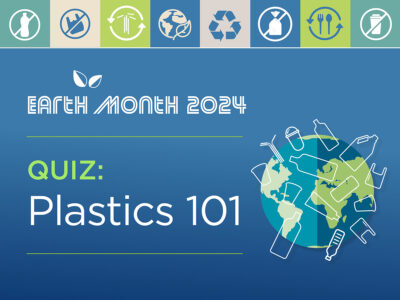
By Sarah Burns
Last summer, I volunteered in Indonesia on the islands of Simeulue and Bangkaru. During this unique opportunity, I helped to monitor and protect the local green sea turtle population, and I witnessed firsthand the effects of waste on the environment. Despite Bangkaru’s lack of human inhabitants—aside from the occasional small group of volunteers and two wildlife rangers—nearly all of its shores were bordered with large amounts of trash, primarily plastic.
Like the trash on Bangkaru Island, carbon emissions have far-reaching impacts on the environment. And the effects of climate change, caused by the emission of greenhouse gases (GHGs), are often far removed from the greatest emitters.
Trash can sometimes seem like a larger problem than climate change. That is partly because the pollutants are much larger. Trash is often tangible and visible to the unaided eye. Dumping it far away may allow us to temporarily forget about the waste we produce, but the physical evidence—littered beaches and giant garbage patches in the ocean—can quickly disrupt this illusion. GHGs, on the other hand, are more or less invisible. Sometimes we can see them at the source, but seconds after they’re created, the gases disperse, their molecules disappearing into the air into which they are dumped. It is very difficult to track the location of these gases once they are released.
It may not seem like it, but the average American generates a lot more carbon emissions than trash. According to the World Bank, in 2014, the average American released approximately 36,700 pounds of carbon dioxide (CO2) the most common GHG. That’s approximately 23 times greater by weight than the amount of trash each American threw away in 2013: 1,600 pounds. And that ratio is probably an underestimate, since the World Bank excludes GHG emissions from air and sea transportation. Plus, CO2 only accounts for 82 percent of total emissions—there are other GHGs that we’re not counting here.
Each of the world’s oceans houses a colossal trash island. The largest and most well-known is the Great Pacific Garbage Patch, which is possibly twice as large as Texas or as large as the continental U.S. As of March 2018, researchers estimated that the Great Pacific Garbage Patch weighed approximately 87,000 tons, as compared to the 7,600,000,000 tons of CO2 the U.S. emitted in 2014. If we try to picture those CO2 emissions in terms of geography, the area would be roughly 295 times larger than the Great Pacific Garbage Patch—or about the difference in size between the U.S. state of Georgia and all of Asia. Here’s what that looks like:

Making matters worse, we must also consider that people have been emitting CO2 for over 70 years longer than we’ve been producing plastics, the material that comprises the majority of the Great Pacific Garbage Patch.
From the image above, we see that in terms of mass alone, CO2 emissions are much greater than trash from the Patch. Does this mean that we should put more emphasis on reducing and regulating emissions, rather than recycling and minimizing waste? Has your view of how much we should prioritize limiting or eliminating CO2 emissions changed based on this visualization?
If we can imagine the true size of the pollutants we release into the atmosphere on a daily basis, it is easier to develop the motivation to help create a permanent change within our power to limit anthropogenic greenhouse gas emissions.
Sarah Burns is a Class of 2018 graduate and former class president of Columbia’s Environmental Science and Policy Masters of Public Administration program. She currently works within the electric utility industry, acting as a liaison for renewable energy integration.




Thing is though, CO2 is consumed by growing plant life and isn’t a direct threat tobhuman life. We don’t die from too much CO2. Plastics, on the other hand, take decades to decompose and in the process get into our food supply, poisoning us and other animal life.
One question, did you fly in a jet airplane to Indonesia?